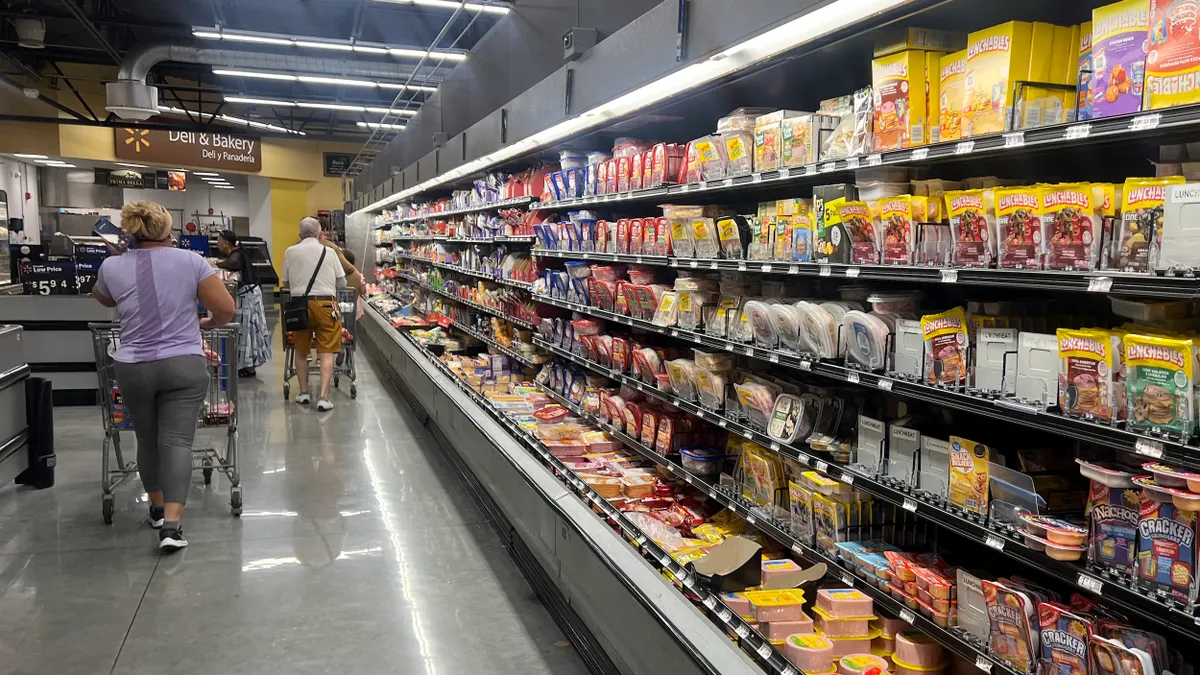Dive Brief:
- CR&R Waste and Recycling Services in Perris, CA expects to have a $100 million anaerobic digester complex up and running by early 2016.
- The digesters take in food scraps and combine them with yard waste to yield fertilizer and a form of natural gas that is capable of powering about 45% of the trucks in the company’s trash hauling and street-sweeping fleet. The plant has already been collecting yard waste from Temecula, Lake Elsinore, Perris, Hemet, San Jacinto, Calimesa, Canyon Lake and Wildomar, and commercial clients in Riverside.
- The collection of food scraps is a new development mandated by a 2014 state law that will require certain businesses, multifamily dwellings and local jurisdictions to implement organic waste recycling programs beginning in 2016. The goal is for the state to divert 75% of material that now ends up in landfills by 2020.
Dive Insight:
The state law spurred the expansion of organic waste recycling, and the state is proposing to take it further by requiring local governments to plan for the building of sufficient composting infrastructure to process organic waste, like the CR&R complex.
"A cow — as you remember from high school biology — has four stomachs, eats hay and out the back end comes methane and fertilizer," said CR&R civil engineer Mike Silva to The Press Enterprise. "So we use the exact same microbes, but we’re commercializing it."
By using anaerobic digestion, the plant will be able to process 84,000 tons of waste each year, while creating renewable energy that will ultimately save the company money on fuel.
At the government level, Orlando, FL is expanding its commercial food waste collection program, previously a pilot, to all area businesses, Waste 360 reported. "We began offering the program because we have a goal of 50% waste diversion by 2018, and zero waste by 2040," says Ian Jurgensen, sustainability project manager for the city.









